-
 Afrikaans
Afrikaans -
 Albanian
Albanian -
 Amharic
Amharic -
 Arabic
Arabic -
 Armenian
Armenian -
 Azerbaijani
Azerbaijani -
 Basque
Basque -
 Russian
Russian -
 Bengali
Bengali -
 Bosnian
Bosnian -
 Bulgarian
Bulgarian -
 Catalan
Catalan -
 Cebuano
Cebuano -
 Corsican
Corsican -
 Croatian
Croatian -
 Czech
Czech -
 Danish
Danish -
 Dutch
Dutch -
 English
English -
 Esperanto
Esperanto -
 Estonian
Estonian -
 Finnish
Finnish -
 French
French -
 Frisian
Frisian -
 Galician
Galician -
 Georgian
Georgian -
 German
German -
 Greek
Greek -
 Gujarati
Gujarati -
 Haitian Creole
Haitian Creole -
 hausa
hausa -
 hawaiian
hawaiian -
 Hebrew
Hebrew -
 Hindi
Hindi -
 Miao
Miao -
 Hungarian
Hungarian -
 Icelandic
Icelandic -
 igbo
igbo -
 Indonesian
Indonesian -
 irish
irish -
 Italian
Italian -
 Japanese
Japanese -
 Javanese
Javanese -
 Kannada
Kannada -
 kazakh
kazakh -
 Khmer
Khmer -
 Rwandese
Rwandese -
 Korean
Korean -
 Kurdish
Kurdish -
 Kyrgyz
Kyrgyz -
 Lao
Lao -
 Latin
Latin -
 Latvian
Latvian -
 Lithuanian
Lithuanian -
 Luxembourgish
Luxembourgish -
 Macedonian
Macedonian -
 Malgashi
Malgashi -
 Malay
Malay -
 Malayalam
Malayalam -
 Maltese
Maltese -
 Maori
Maori -
 Marathi
Marathi -
 Mongolian
Mongolian -
 Myanmar
Myanmar -
 Nepali
Nepali -
 Norwegian
Norwegian -
 Norwegian
Norwegian -
 Occitan
Occitan -
 Pashto
Pashto -
 Persian
Persian -
 Polish
Polish -
 Portuguese
Portuguese -
 Punjabi
Punjabi -
 Romanian
Romanian -
 Russian
Russian -
 Samoan
Samoan -
 Scottish Gaelic
Scottish Gaelic -
 Serbian
Serbian -
 Sesotho
Sesotho -
 Shona
Shona -
 Sindhi
Sindhi -
 Sinhala
Sinhala -
 Slovak
Slovak -
 Slovenian
Slovenian -
 Somali
Somali -
 Spanish
Spanish -
 Sundanese
Sundanese -
 Swahili
Swahili -
 Swedish
Swedish -
 Tagalog
Tagalog -
 Tajik
Tajik -
 Tamil
Tamil -
 Tatar
Tatar -
 Telugu
Telugu -
 Thai
Thai -
 Turkish
Turkish -
 Turkmen
Turkmen -
 Ukrainian
Ukrainian -
 Urdu
Urdu -
 Uighur
Uighur -
 Uzbek
Uzbek -
 Vietnamese
Vietnamese -
 Welsh
Welsh -
 Bantu
Bantu -
 Yiddish
Yiddish -
 Yoruba
Yoruba
Lesela la Bongaka la Polyester Cotton Dyed
Lesela la k'hothone la polyester ke mofuta oa lesela le entsoeng ka ho kopanya polyester le k'hothone. K'hothone ea polyester e na le litšobotsi tsa ho omisa kapele, ho tšoarella, le ho omisa le ho hloekisa habonolo. Matsatsing ana, liaparo tse ngata tsa bongaka li sebelisa mofuta ona oa lesela. Kajeno, ho na le mefuta e fapaneng ea masela a polyester le k'hothone. Haeba o hloka liaparo tsa bongaka tse nang le mofufutso o motle le ho phefumoloha, u ka khetha masela a nang le k'hothone e phahameng. Haeba ho na le tlhokahalo e phahameng ea ho hlatsoa, ho roala, le ho hloekisa habonolo, ho ka khethoa masela a nang le fiber e phahameng ea polyester.
Can Polyester Cotton Fabric Be Dyed?
Polyester cotton fabric, often referred to as poly-cotton, is a popular blended textile combining the natural softness and breathability of cotton with the strength and wrinkle resistance of polyester. One common question regarding this material is whether it can be dyed—and the answer is yes, polyester cotton fabric can be dyed, but it requires the correct method and dyes to ensure optimal results.
Since poly-cotton is a blended fabric, made from both natural and synthetic fibers, dyeing it effectively means addressing both components. Cotton, a natural fiber, readily absorbs reactive or direct dyes, while polyester, a synthetic fiber, requires disperse dyes le high-temperature treatment for proper penetration.
To achieve even and lasting color, dyeing polyester cotton fabric is typically done using either a two-bath dyeing method or a union dyeing process. The two-bath method involves dyeing the polyester fibers first at high temperatures using disperse dyes, then dyeing the cotton part with reactive or direct dyes at a lower temperature. Union dyeing, on the other hand, uses a blend of compatible dyes that allow both fiber types to be dyed in a single bath—an efficient method for producing solid, uniform shades.
The final dyed fabric offers vivid color, good washfastness, and excellent wear resistance, especially when dyeing is conducted under controlled industrial conditions. This makes dyed polyester cotton fabric suitable for a wide range of applications including workwear, uniforms, fashion apparel, home textiles, and accessories.
While industrial dyeing ensures consistency, polyester cotton can also be dyed at home using specialized dye kits designed for blended fabrics. However, results may vary depending on the fabric’s blend ratio and the dye quality.
In summary, polyester cotton fabric is fully dyeable when the right dyeing technique is used. Whether aiming for bright fashion shades, subdued uniform colors, or customized tones for DIY projects, poly-cotton provides flexibility in both function and appearance. The dyed fabric retains the comfort of cotton, the durability of polyester, and the desired color, making it a practical and stylish choice for many textile needs.
Let us know your fabric blend ratio and desired color performance—we can recommend the most suitable dyeing process or assist with sourcing dyed poly-cotton fabrics tailored to your application.
Copyright © 2025 Hebei Henghe Bangxing New Material Co., Ltd. Litokelo tsohle li sirelelitsoe. Sitemap | leano la lekunutu

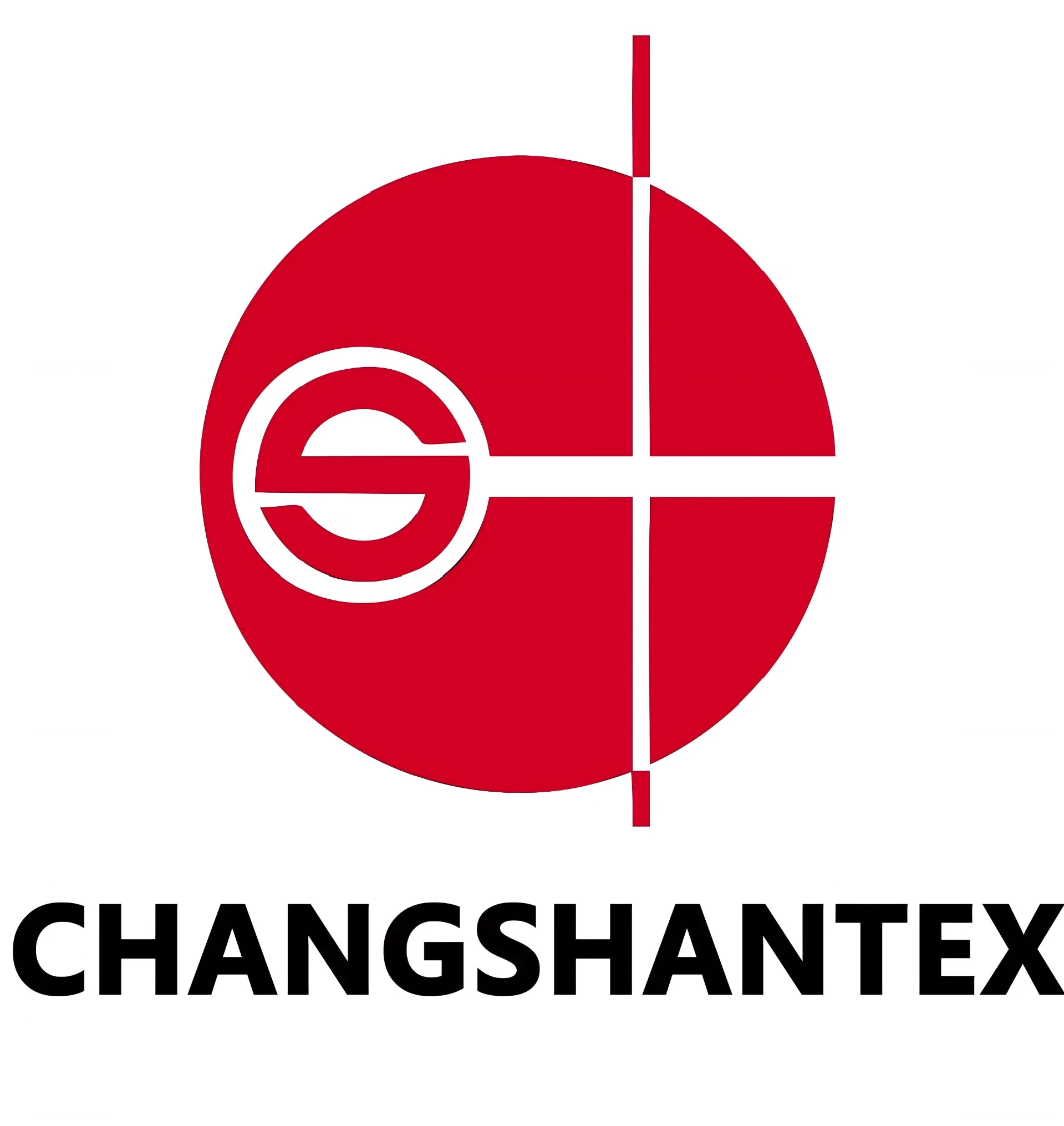
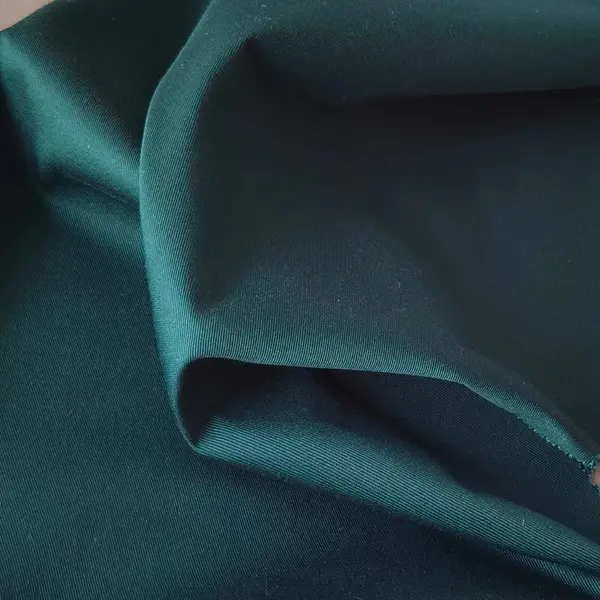
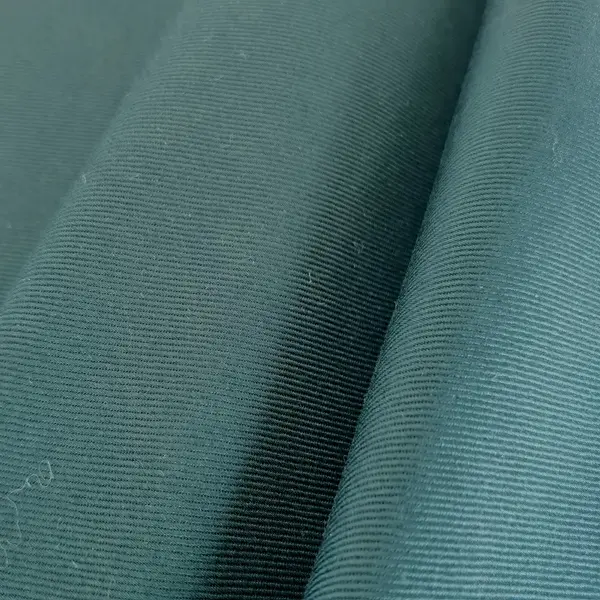
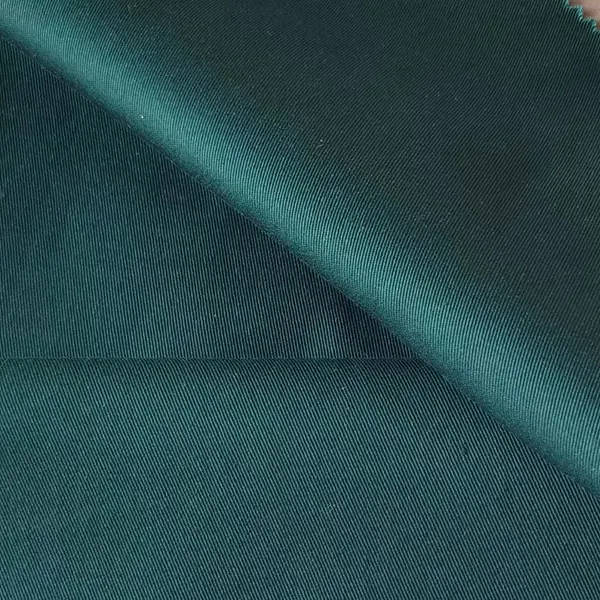
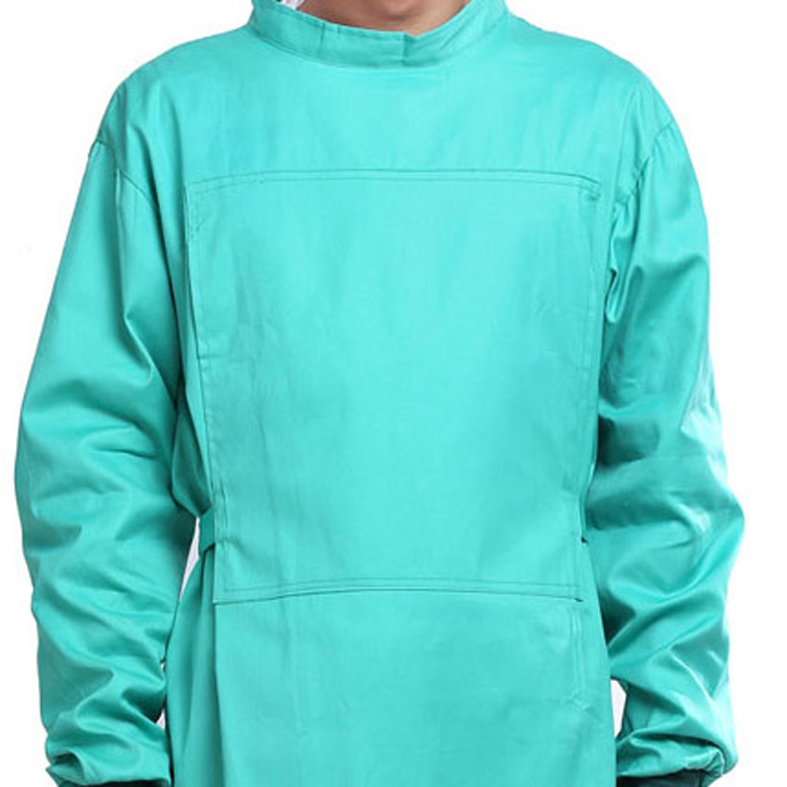
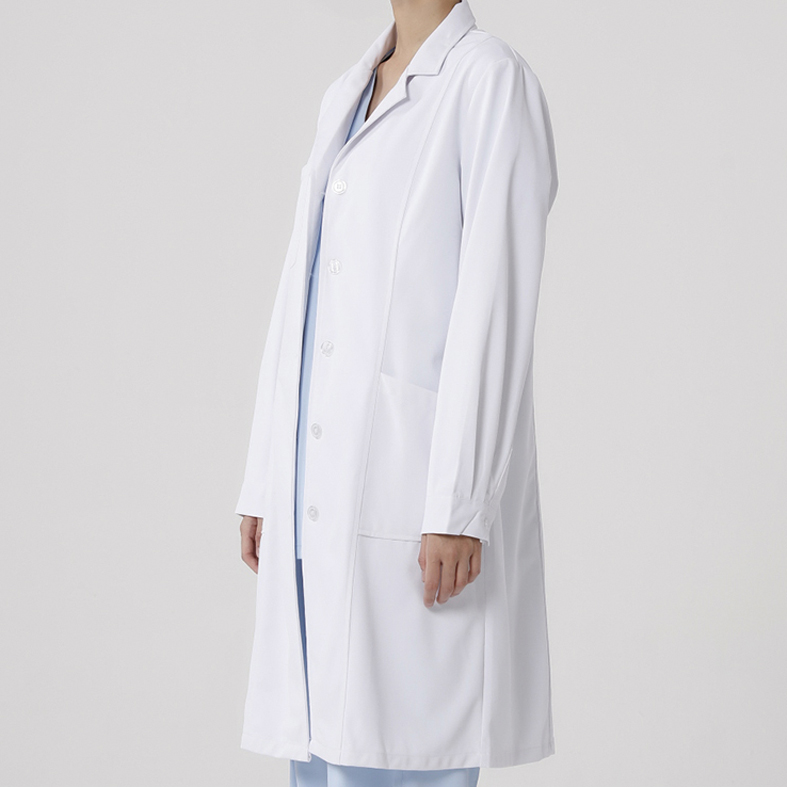
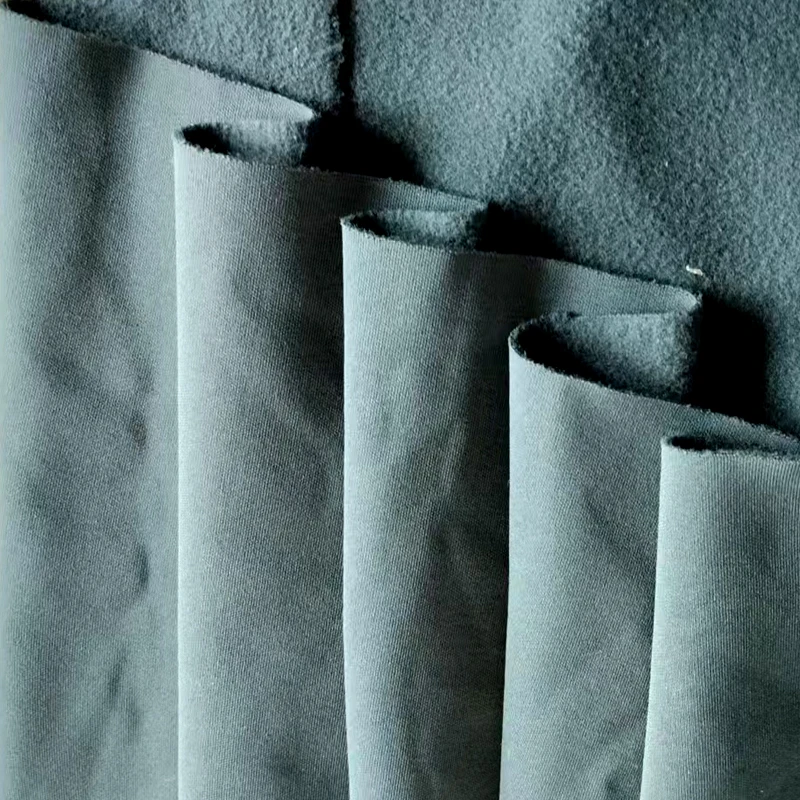
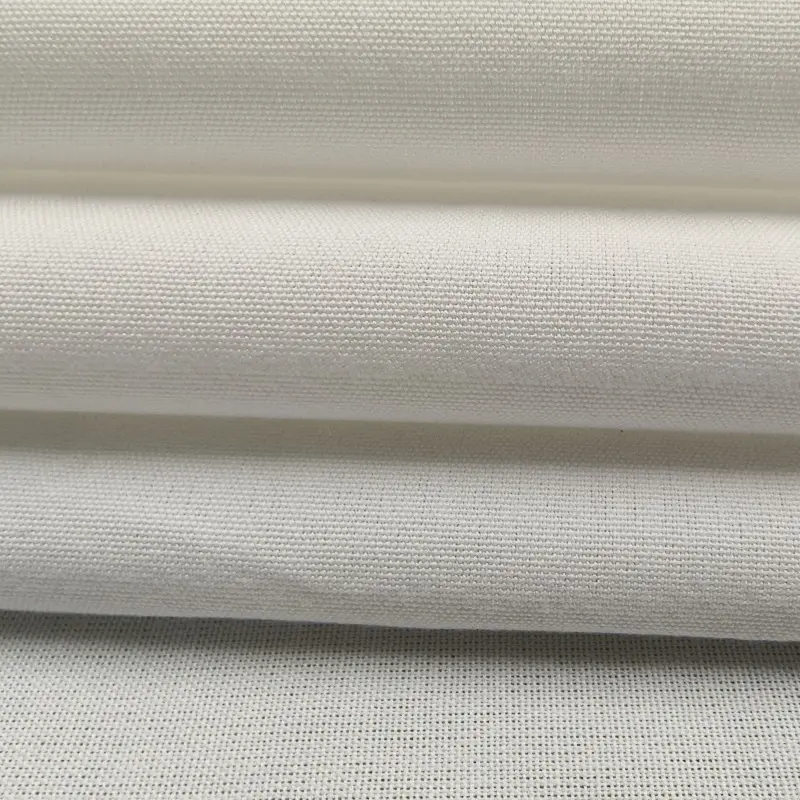
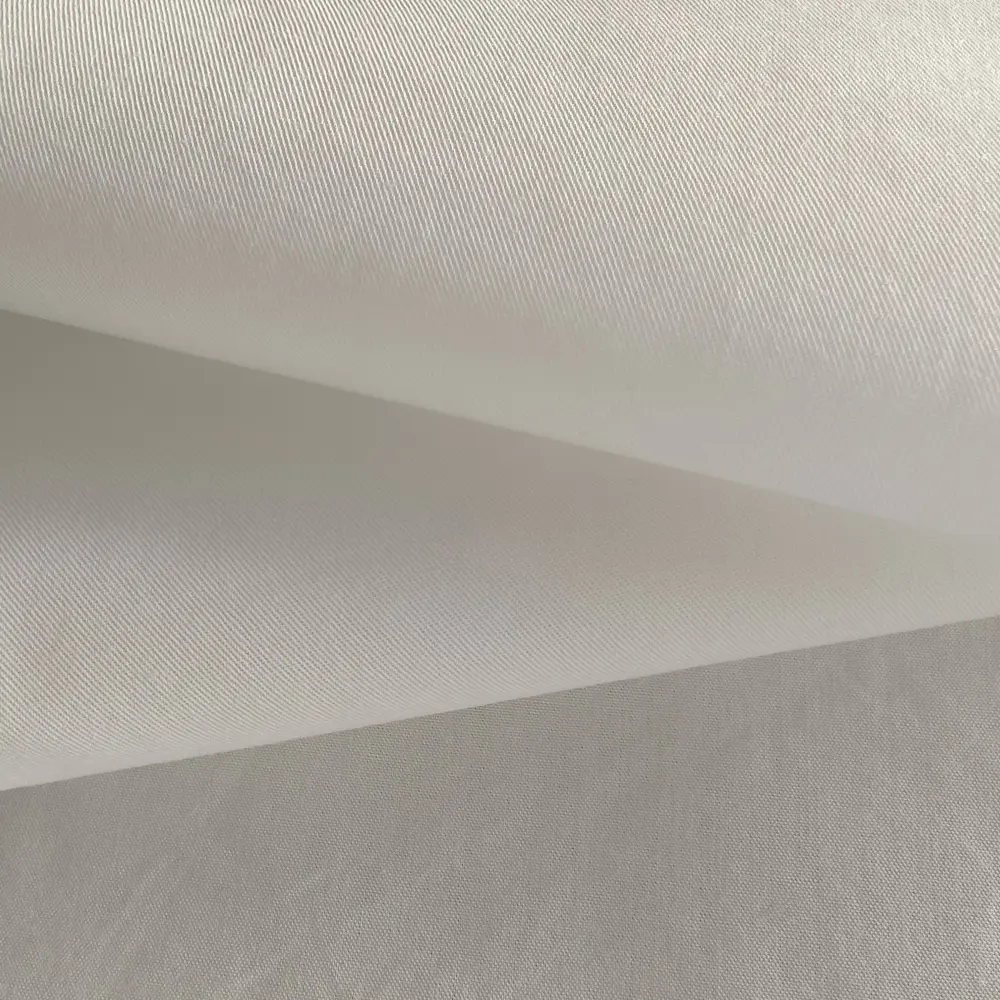
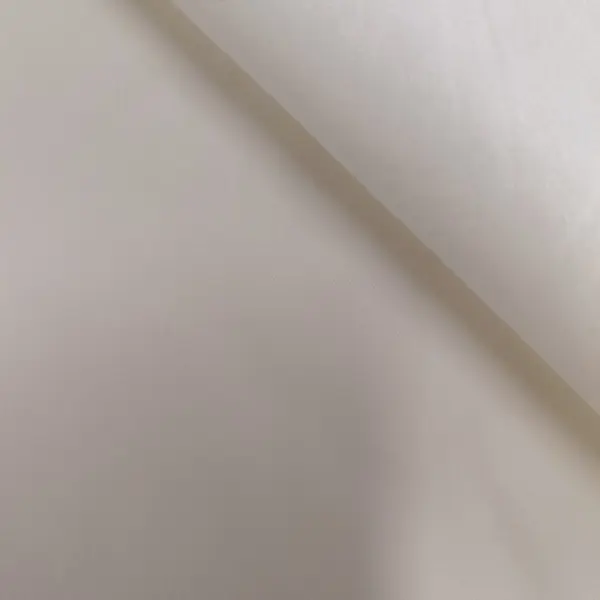
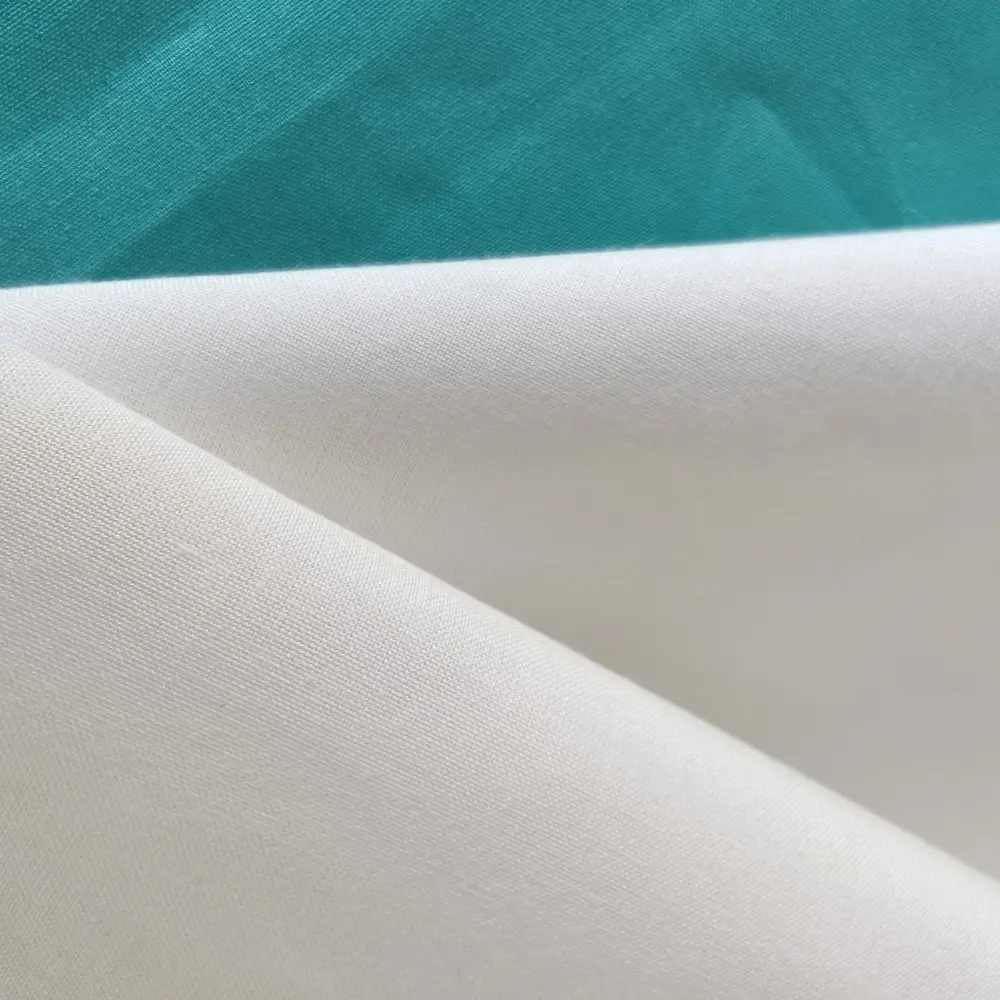
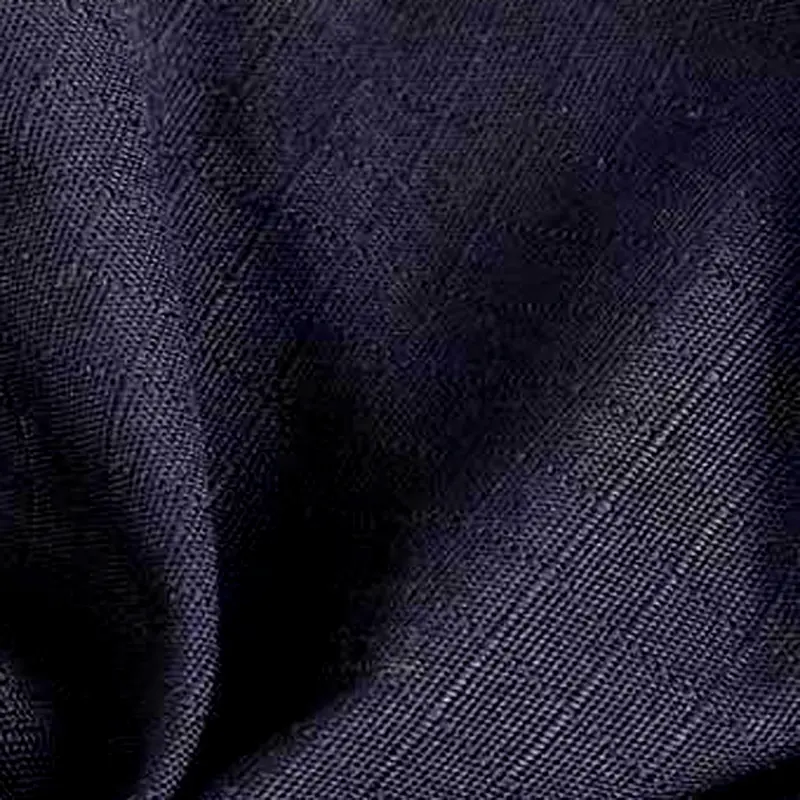
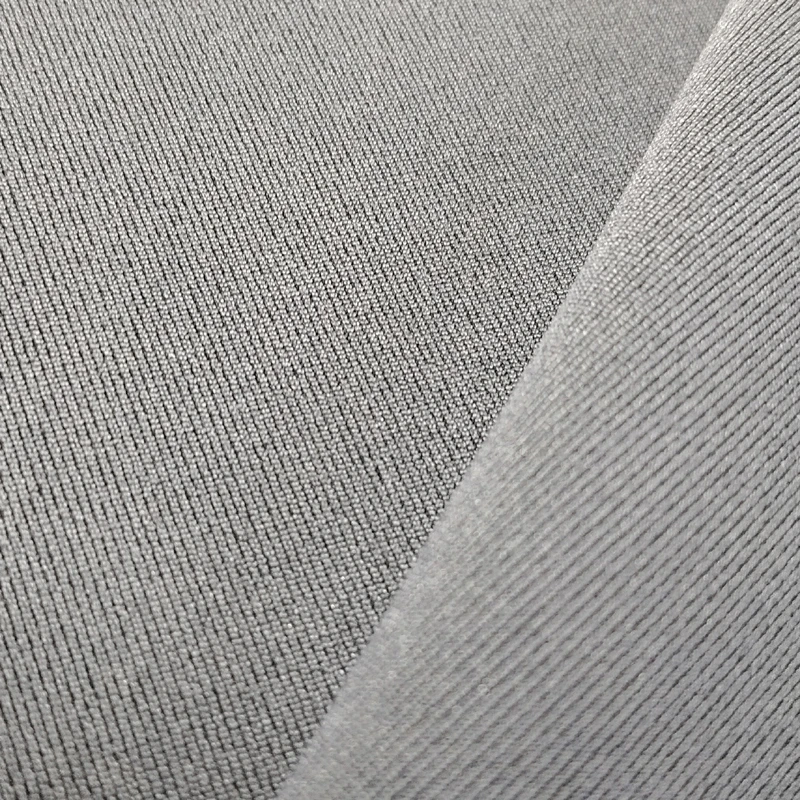
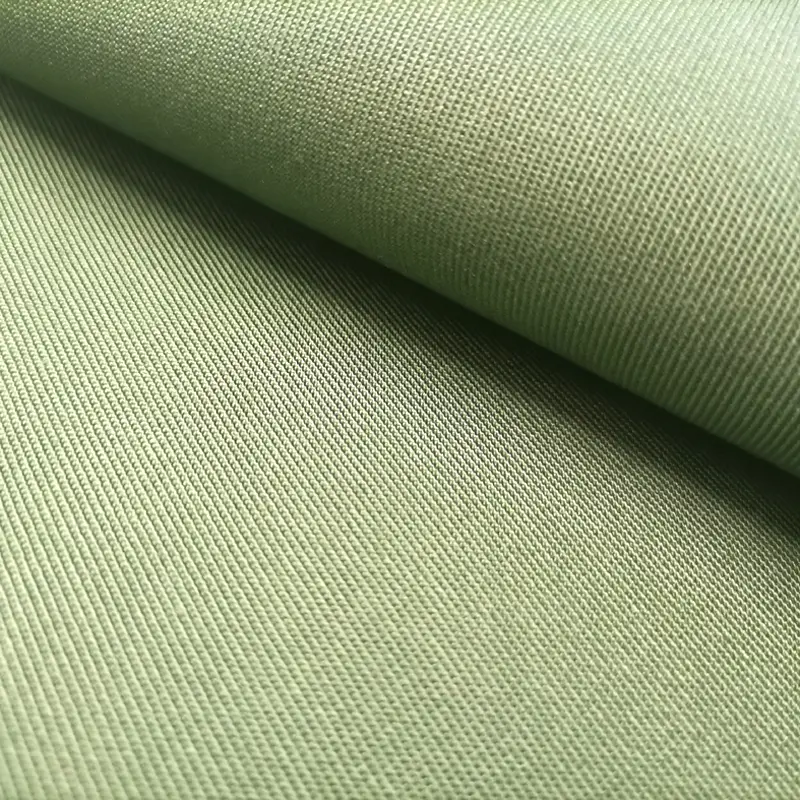
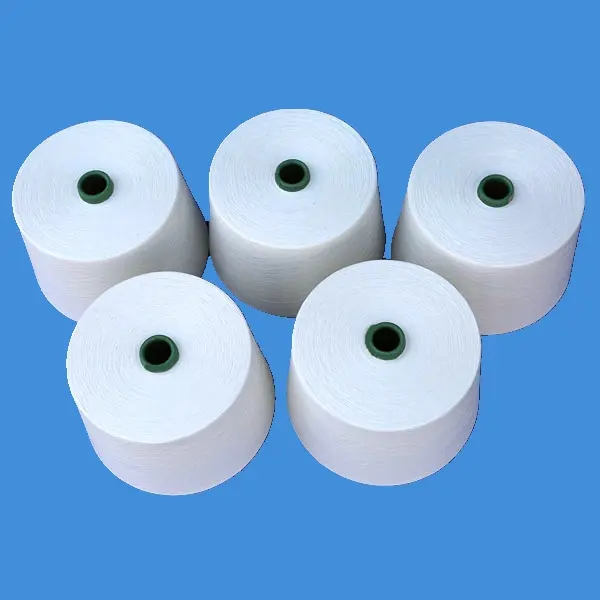
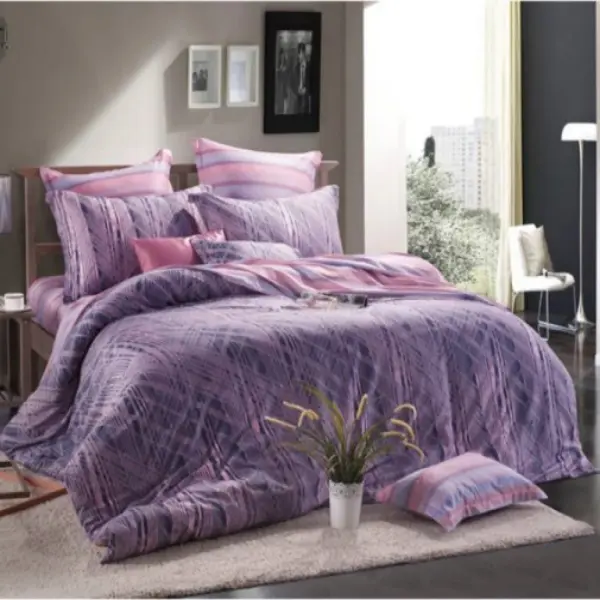
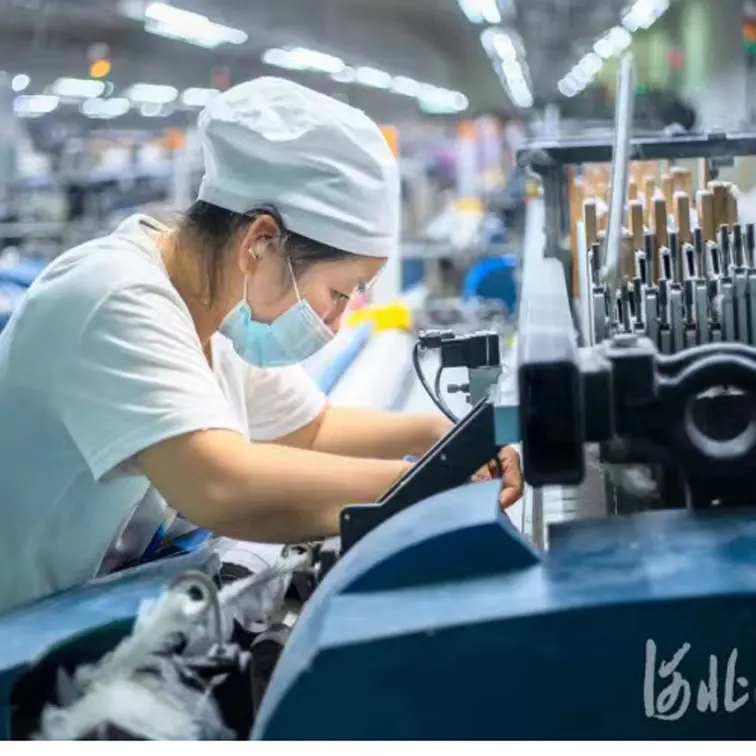
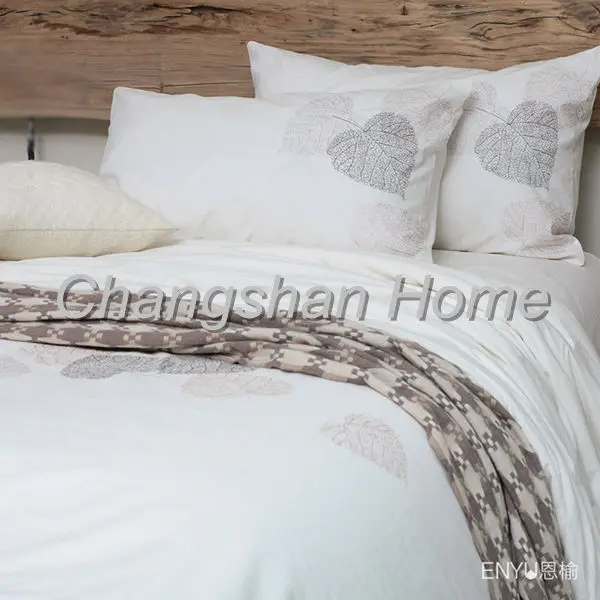
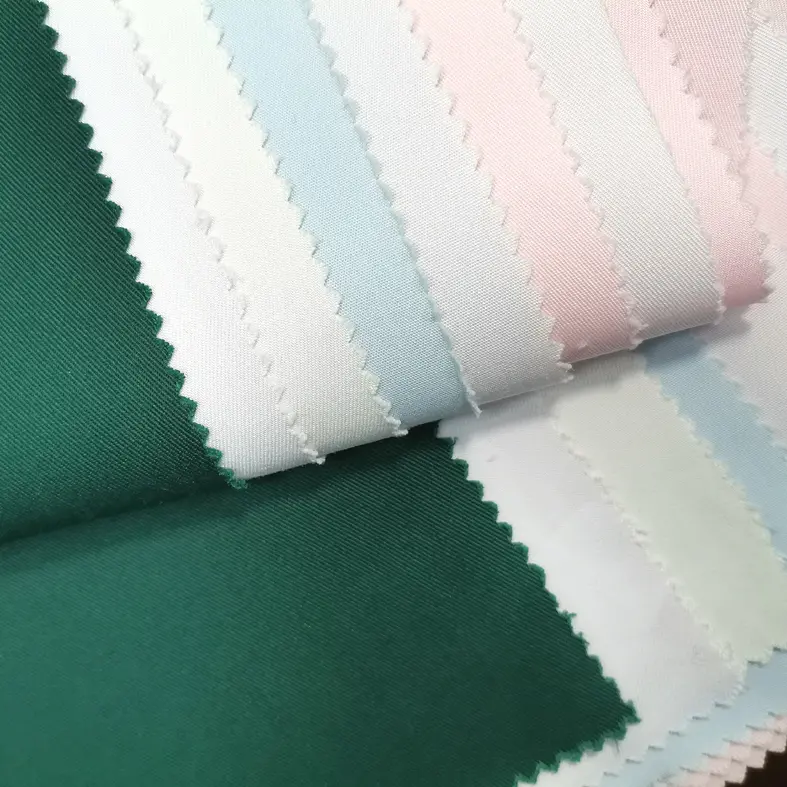
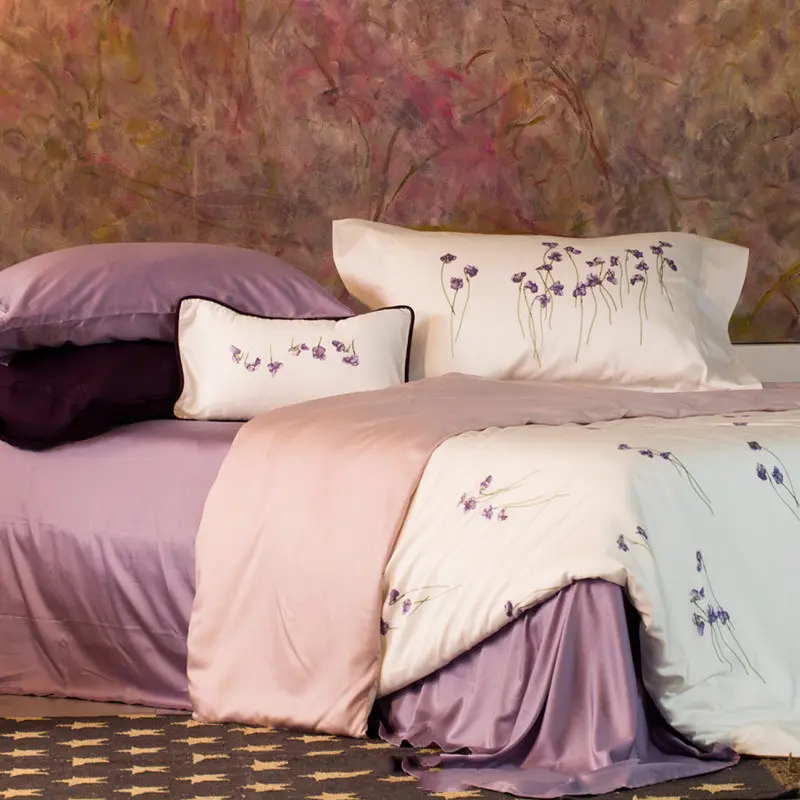
 Botsoalle ba letlalo
Botsoalle ba letlalo E fapaneng
E fapaneng E tšoarellang
E tšoarellang E tiisitsoe
E tiisitsoe
